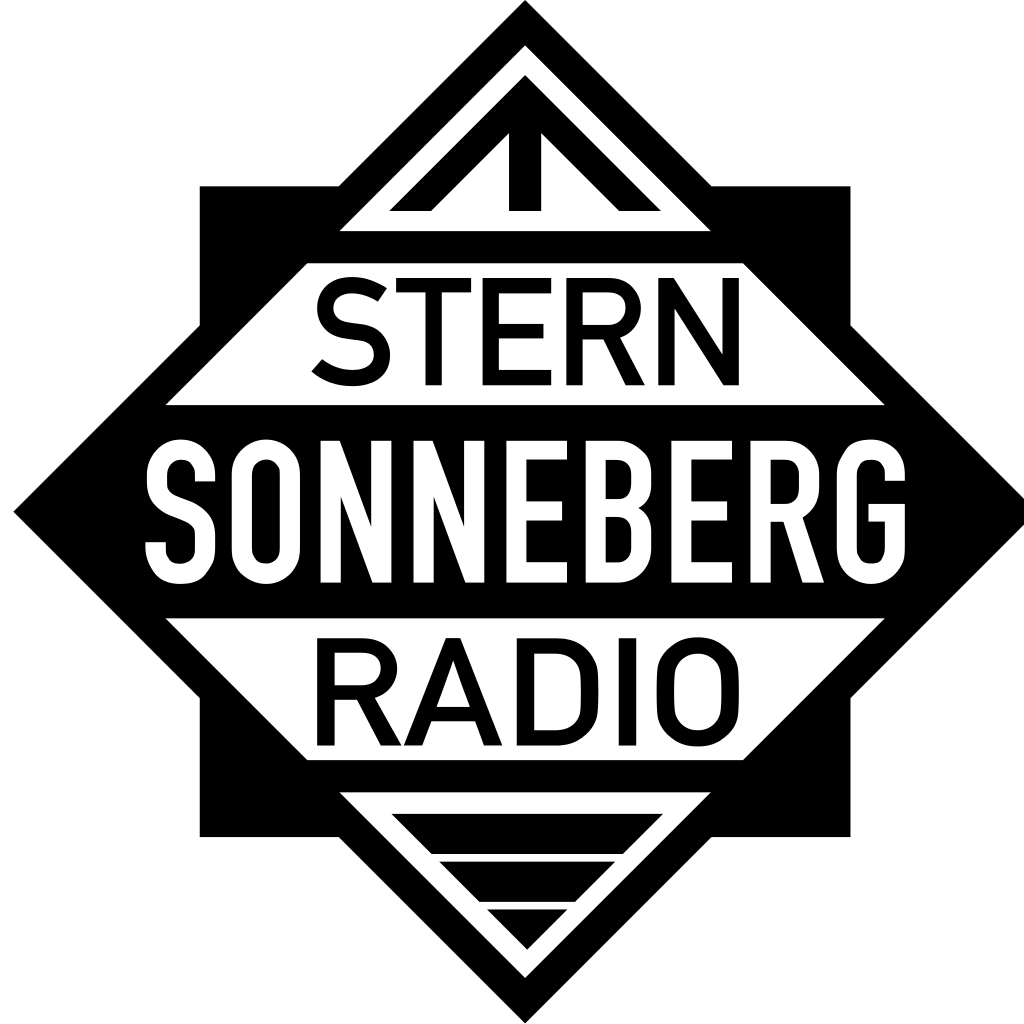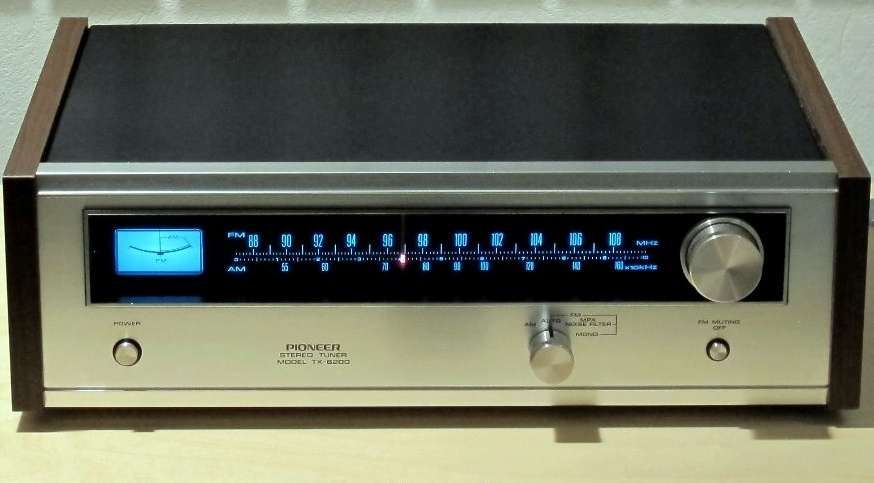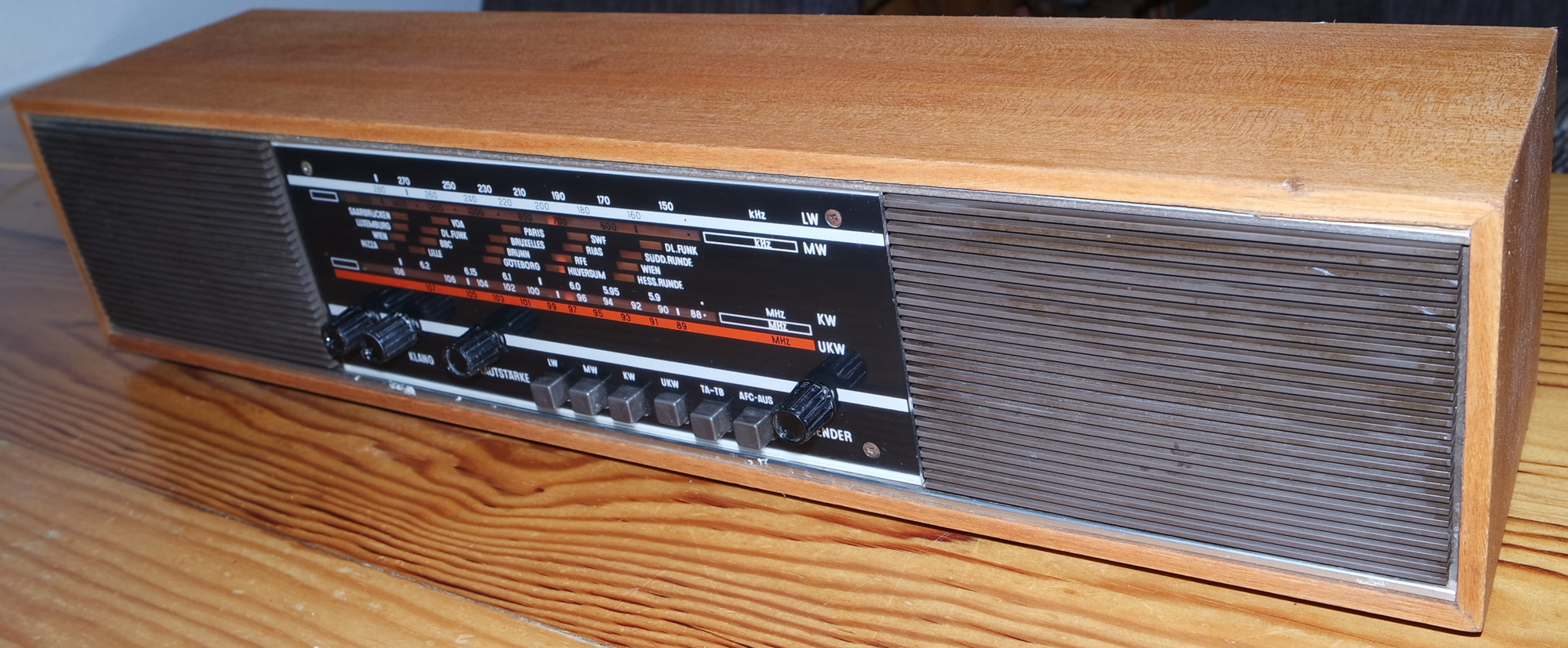Prominent De Luxe 212: Restoring a radio made in East-Germany
This summer I stumbled on a piece of history, not in ancient Rome or in a museum, but rather in a small town in the Ardennes, Aywaille. Just next to the Delhaize, a thrift shop is situated in the quaint atmoshere of a Wallonion Valley. To make a short story even shorter, I found a cool old radio in Belgium and that for the high price of €5.
The reason for this cheap price is twofold:
- The radio is not high quality and/or of a known brand.
- It did not work.
What’s up with this radio?
The receiver, branded Prominent De Luxe 212, is a traditional table radio made in the DDR in Sonneberg, Thüringen.

Sternradio Sonneberg
Now you may ask, how come this radio made on the other side of the iron curtain has ‘Western’ stations and a french sounding name? The second part is easy to answer, this radio was not made for the east-german market. It was made as western-export product, hence the fancy name and proudly written MADE IN DDR on the back. The radio was also released in East-Germany, built around 1973, but was branded Universum W 4655 4 Welle-Heimradio. I should note that that built date is from radiomuseum.org, which is a lovely website, but can be editted by anyone and should not be trusted. I say this mostly to cover my own ass, but as well due to the fact that the radio is very old-fashioned, this kind of radio was already pretty old-fashioned in the Netherlands, suggesting that either radio design was slightly behind the times in the DDR or the radio was built earlier.

Pioneer TX-6200 from the same era from: https://hifi-wiki.com/index.php/Pioneer_TX-6200
With that out of the way, we can get to the juicy inner bits, the radio employs the well-known heterodyne architecture and is capable of receiving AM and FM (MW and MKW in german), as well as long wave radio (Langwellenband in German). The radio is powered through a classic transformer and rectifier supply providing 13.8V and 10.2V DC, using different taps on the transformer.
Supply, with transformer, rectifier and capacitors
The PCB itself contains several tuned circuits, corresponding to the different frequency bands, as well as a ferrite antenna for AM. Another antenna can be connected on the back of the antenna, a simple ~75cm long wire is connected for FM reception and routed through the holes of the rear panel. I doubt this is original and there is likely a large mismatch at the antenna output, where the system probably expects 75 Ohm. Luckily FM reception is pretty good in the Netherlands! Tuning is accomplished through a mechanical varactor, that with a system of pullys is rotated for more or less overlap between plates causing a change in capacitance. This assembly masquerades as one of the potentiometers on the front panel, which is lit up through the use of incondesent bulbs suspended in the middle of the chassis.
Top view of receiver PCB
Polishing a turd
When I bought the radio, it did not function, there were 2 missing potentiometer knobs and the paint was coming off the wood frame. The reason for the malfunction was luckily not hard to find, the mechanical varactor had seized up and required attention, but mostly WD40. After this was fixed the radio sprung to live and I was able to find Skyradio to ‘calibrate’ the front panel frequency indicator.
Side view of the mechanical varactor
By thoroughly measuring all the dimensions of the remaining potentiomer knobs I was able to 3D-print four replacements. I plan on someday coating these with chrome, as the originals, or with shiny nickel using electroplating. The frame is constructed using planks, coated with dark brown paint, which was coming off at some points and in general looked pretty ‘dusty’. By sanding of the paint and finishing the surface with some avocado oil (similar to linseed), the radio was brought to a much more presentable state.

Would you look at that, an entire radio!
Radio’s playin’ some forgotten song
I’ve yet to succesfully receive any signal on the longwave radio band (Langewellenband) as of now, but I’m not sure if that’s because of the radio, poor antenna or the lack of channels on that band. AM reception is also not great, but I was able to receive the BBC when the radio was outdoors. FM reception however is pretty good and I was able to receive a pirate radio station all the way from the Hoenderloo to Enschede! That’s it for me, I hope you liked it or at least got some inspiratation for the module 3 project. Merry Christmas 🎄!
